While backyard gardens work well for some, if you live in an urban area or an apartment complex, you may not have the space to grow your own produce. But that’s where community gardens come in!

Community gardens are shared garden spaces where locals can gather together, talk about plants, and share their harvest. While they’re often planted with vegetables and fruit plants intended for food donations, community gardens can also focus purely on ornamentals, native plants, or pollinator-friendly flowers. Whether you’d like to start a community garden for yourself, for your apartment complex, or for your community as a whole, the tips in this guide will help you start organizing your very own shared growing space!
Jump to:
- What is a community garden?
- Why start a community garden?
- How to start a community garden in 8 steps
- 1. Find a good location.
- 2. Spread the word.
- 3. Form your “team.”
- 4. Figure out funding.
- 5. Prepare your site.
- 6. Create guidelines.
- 7. Pick the right plants.
- 8. Grow your community.
- Frequently asked questions
- Do community gardens reduce food insecurity?
- What makes a successful community garden?
- What are the challenges of a community garden?
- What to consider when starting a community garden?
- Do community gardens save money?
- What is the largest community garden in the United States?
- Summary
What is a community garden?
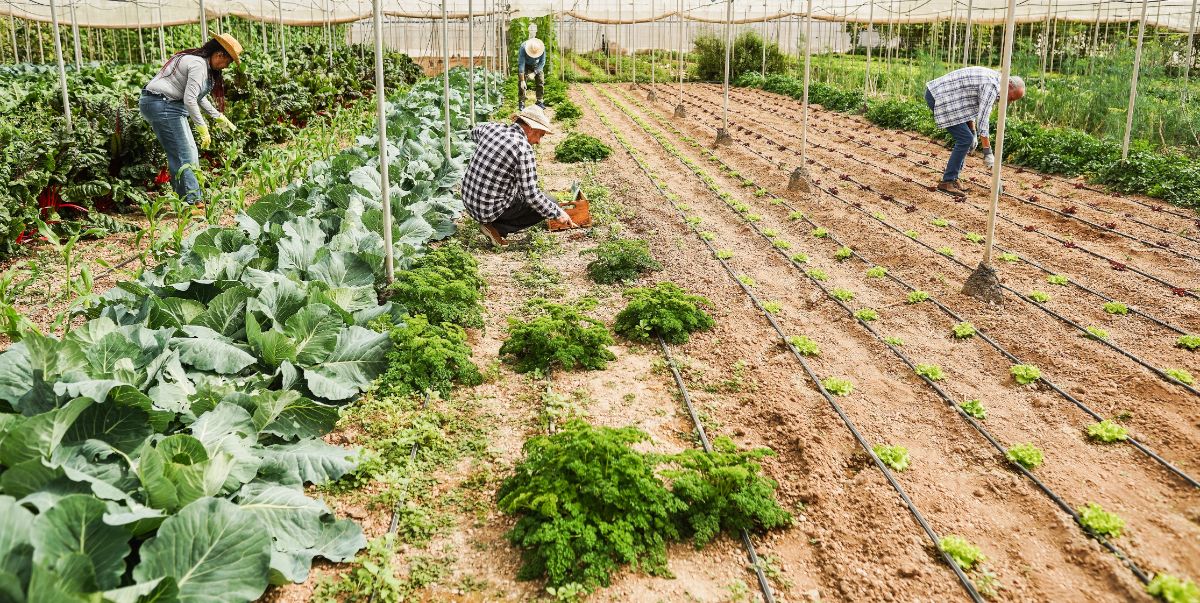
Community gardens can be structured in a wide variety of ways to suit the needs of different communities. Community gardens can be built in common growing spaces, behind your local town hall, or in an empty patch of grass around your apartment complex. And, of course, what you plant in a community garden is totally up to you!
Some community gardens are completely shared spaces, and community members plant, till, and caretake plants together in a single plot. However, gardens can also be divided into individual garden plots, and garden members can lease those plots for the growing season to grow just what they need. When harvest time comes, the produce grown in community gardens can be kept by individual gardeners or donated to food pantries and other non-profit organizations.
Why start a community garden?
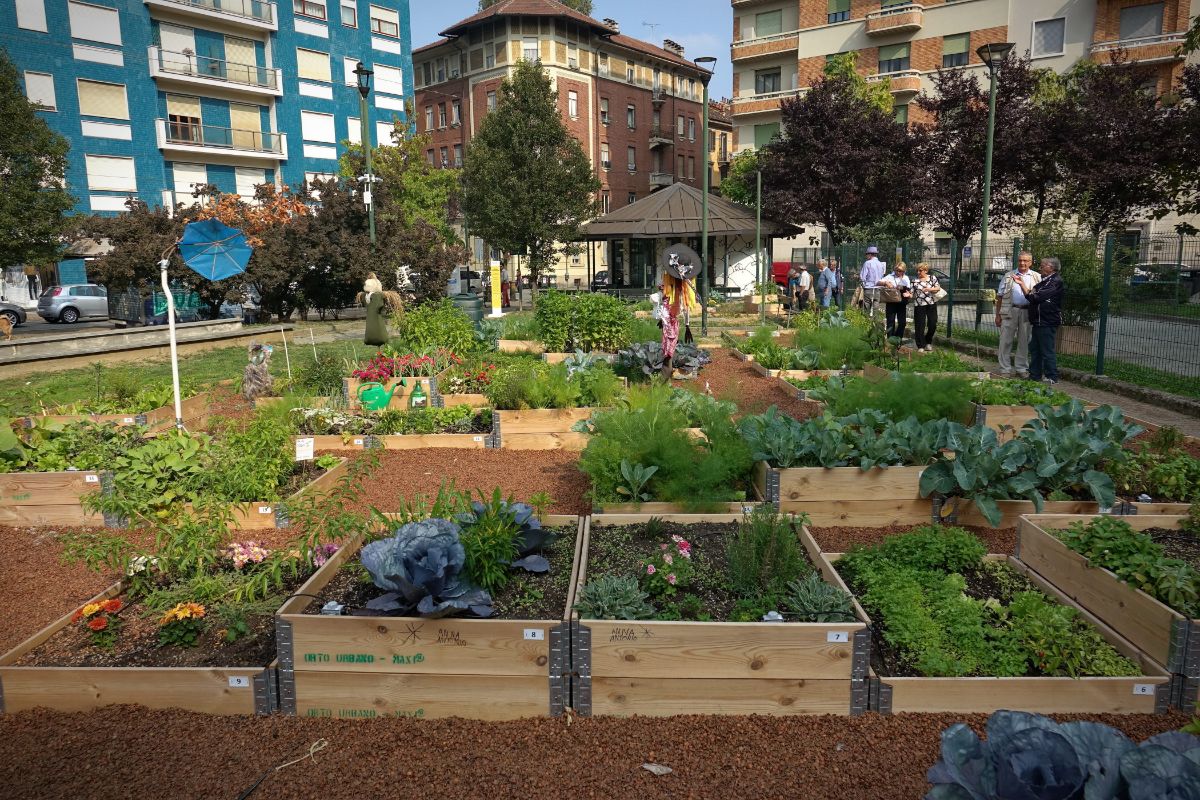
If you’re lucky, you may already belong to a community with its own shared garden space, but if your town doesn’t already have a community garden, you may be able to start your own. Some of the main reasons why you may want to start a community garden include:
- Food security. One of the main reasons why community gardens exist is that these places can provide fresh fruits and vegetables to people in need. If you want to help out others or if you don’t have space for your own garden but want to provide a more reliable source of food for your family, creating a community garden may be able to help!
- Healthier food options. Many people don’t eat enough fruits and veggies, and this is particularly true in areas where access to fresh foods is limited. Keeping a community garden can provide more fresh food for people in your community, and one study actually found that families who participate in community gardening eat at least 4 more servings of fresh fruit and vegetables every day than families who don’t garden.
- Sense of community. Gardening solo can bring a lot of joy, but if you love connecting with other like-minded folk, you may get even more benefits out of community gardening. When you garden within a community, you can chat with others as you work, share your produce, receive helpful gardening tips, and so much more!
- Learning experience. Of course, gardening is always a learning experience, and you can learn a lot through keeping a community garden. Aside from plant care tips, community gardens can be the perfect place to learn more about plants, horticulture, pollinators, and the natural world around you.
How to start a community garden in 8 steps
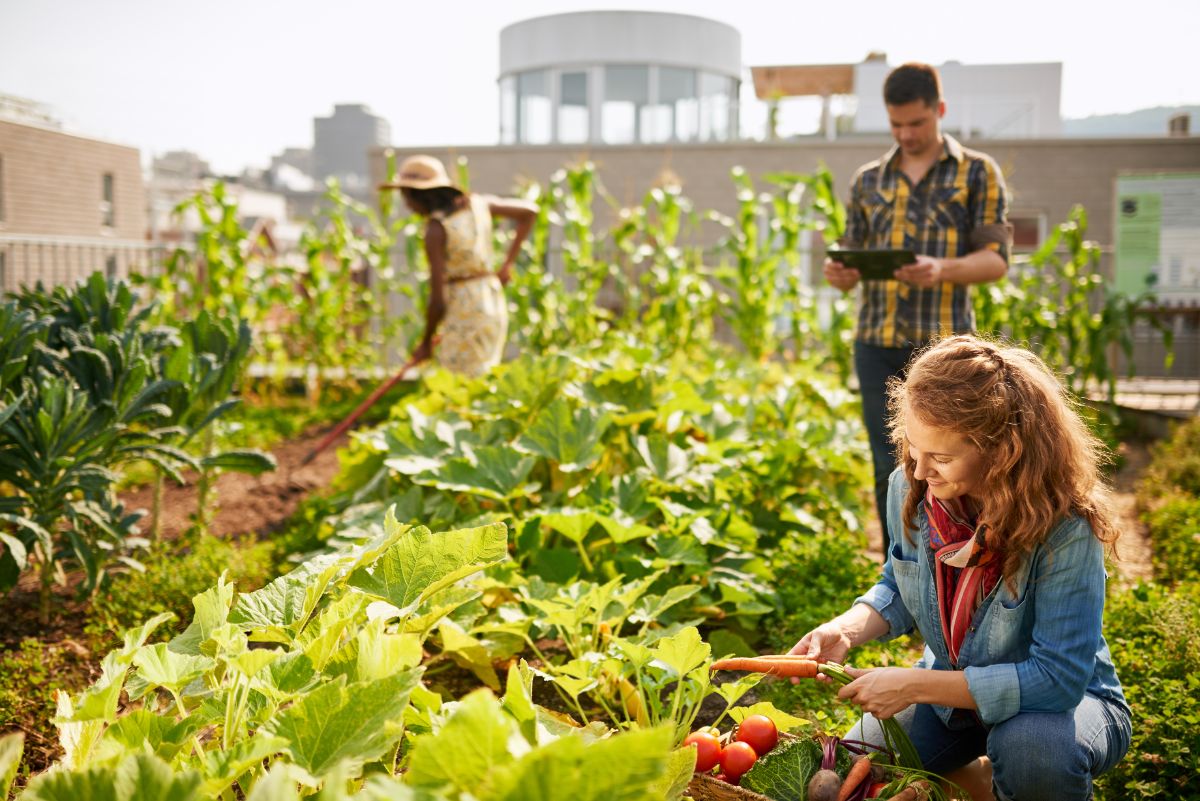
Starting your own community can take a bit of work, but the payoffs are great. Not only will you get to the garden, but you’ll also be able to share the love of the natural world with others and help build a strong local community! Below, you’ll find the main steps you need to take to create your own community garden space, but be sure to check with your local town or apartment complex for other suggestions, regulations, and guidelines.
1. Find a good location.

The first step to starting a community garden is to find a good growing location (or a few potential good locations!) After all, you can’t grow anything if you don’t have any soil to sow seeds in!
To get started, scout your community for a good plot of vacant land that’s relatively flat, has good drainage, a water source and receives at least 6 to 8 hours of bright light daily. Ideally, the spot should be free of rubble, pavement, or concrete, as removing these items can take a lot of work and be costly. However, you can sometimes work around paved areas by building raised beds or using growing containers… just keep in mind this may increase your overall budget.
If you are attempting to organize a community garden at your apartment complex, there may already be a vacant section of lawn near your building that would be perfect for gardening. But if you’re organizing a larger-scale garden for your town or community, hunt for a parcel of land that is within easy walking distance of the people you’d like to attract to your project. Or, at the very least, make sure your potential garden plot is near a bus line or other public transportation service.
Ideally, you’ll want to pick at least 3 potential spots for your community garden just in case one falls through. As you go, try to determine who owns the property so you can approach them later about leasing it (if needed). Also, research local zoning laws to make sure you can build a garden in the spot you’re drawn to.
2. Spread the word.

Even though you may be super excited about creating a community garden, your project isn’t likely to get very far if you don’t get the word out! Telling others about your big gardening plans can help you gauge how much interest people have in creating a community garden, but it’s also a great way to get funding!
How you should go about spreading the word will depend on your personal style and the groups of people you think would be most interested in creating and growing a community garden. Social media pages are a great place to start, and you can advertise meetings and even fundraisers there. But don’t underestimate the power of “word of mouth” and tell everyone you can – neighbors, church groups, local gardening groups, schools, apartment communities, and even your town hall – about your big idea!
As you work, ask a lot of questions of the people you chat with.
- What kind of garden are they interested in: flowers, vegetables, fruit?
- What are their goals?
- What would make a community garden most appealing to them?
These questions and more will help you refine your planning process and create a community garden that’s perfectly suited to the needs of your local community.
Getting to chat with others about creating a community garden can be an inspiring process, but it also requires some patience. Don’t be surprised if it takes a year or more to drum up interest in the project. But if you’re dedicated and patient, you’ll eventually find a community of excited gardeners!
3. Form your “team.”

Community gardens are all about that sense of community, so there’s no reason to “go it alone” when developing your garden idea. In fact, as your community garden grows, you’ll likely need a friendly team of helpers and maybe even a few committees to handle all the happenings in your garden space.
When your garden project starts to generate interest, identify people who may be helpful additions to a planning committee. These helpers should have plenty of time to assist with garden planning, but they should be excited about the project and ideally have some organizational skills, too!
How many people should be on your planning committee will vary depending on the size of your project, but most community gardens have at least a president (or garden coordinator), a secretary, and a treasurer. At first, you can certainly appoint these people, but you may want to hold annual “elections” later on. It may also be wise to form subcommittees to handle particular gardening issues, such as writing gardening guidelines, finding sponsors, and obtaining permission for land use.
Some other issues that planning committees can help with include:
- Budgeting.
- Resolving member conflicts.
- Paying water bills.
- Collecting membership dues (if applicable).
4. Figure out funding.

Once you have your team behind you and your community excited about your garden project to come, it’s time to start figuring out funding. If you can find a landowner who’s willing to lease land to you for free, that’s always a great start. However, most community gardens will need to raise enough money to pay for rented land, as well as water bills, liability insurance, and maintenance services (like mowing grassy areas).
Most community gardens raise money through membership fees or by renting off plots of land to gardeners. If you intend to keep some space for growing food for community donations, you’ll need to think about raising money to cover those costs as well.
Crowdsourcing is a great way to raise funds, but you also may want to seek out larger donations from donors or small businesses in your local community. Beyond that, you may be able to find a corporate sponsor or a community garden grant that will cover startup costs.
Churches, civic groups, and recreation departments may be able to help with funding, but you can also get creative on your own. Maybe it’s worth your while to host a community event or online auction to raise those startup costs. You can also check in with local businesses to see if they can donate money or tools, extra lumber, and the other items you’ll need to get your community garden going.
5. Prepare your site.
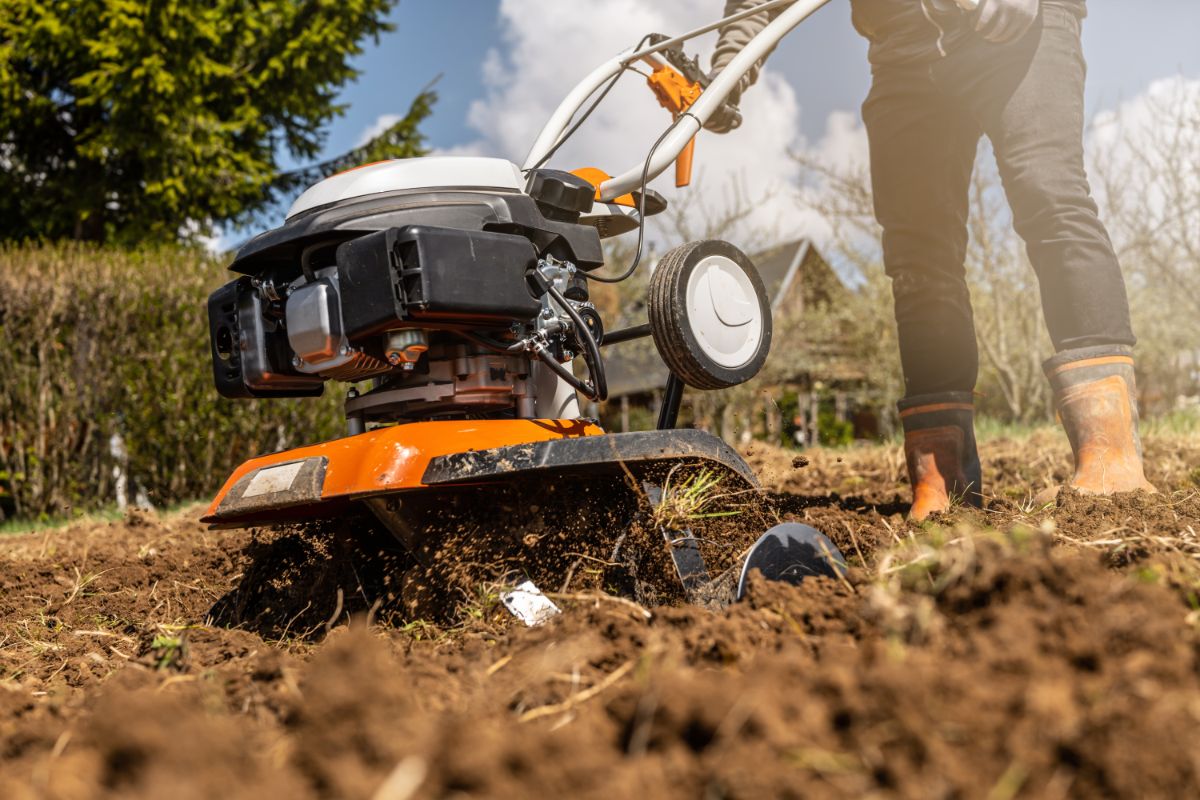
Now that you have the ball rolling on your garden plan, you’re ready to start preparing your garden space for community members.
First, make sure you have all the nitty gritty work done. Have a signed lease with the landowner, have your insurance in place, and have a general guideline of what your garden space will look like once it’s done. To get inspired, you may want to browse Pinterest or gardening magazines for layout and planting ideas.
Community gardens may be laid out into individual plots or a large space for raising food for donations. Most individual plots are about 100 to 500 square feet; however, this may vary depending on your garden size and the scale of your project. While planning, also consider where walkways will be placed and where you’ll locate parking (if needed), compost piles, irrigation systems, exterior fencing, tool sheds, and maybe a children’s play area too.
After you have your garden space all sketched out, you’ll need to break ground. This may involve getting your soil tested, amending the soil with compost or other soil additives, installing weed suppression cloths, adding walkways, and tilling.
Of course, site preparation won’t just fall on your shoulders! Involve the members of your subcommittee with the actual building project and organize some workdays with community members as well. This is a community project, after all.
6. Create guidelines.
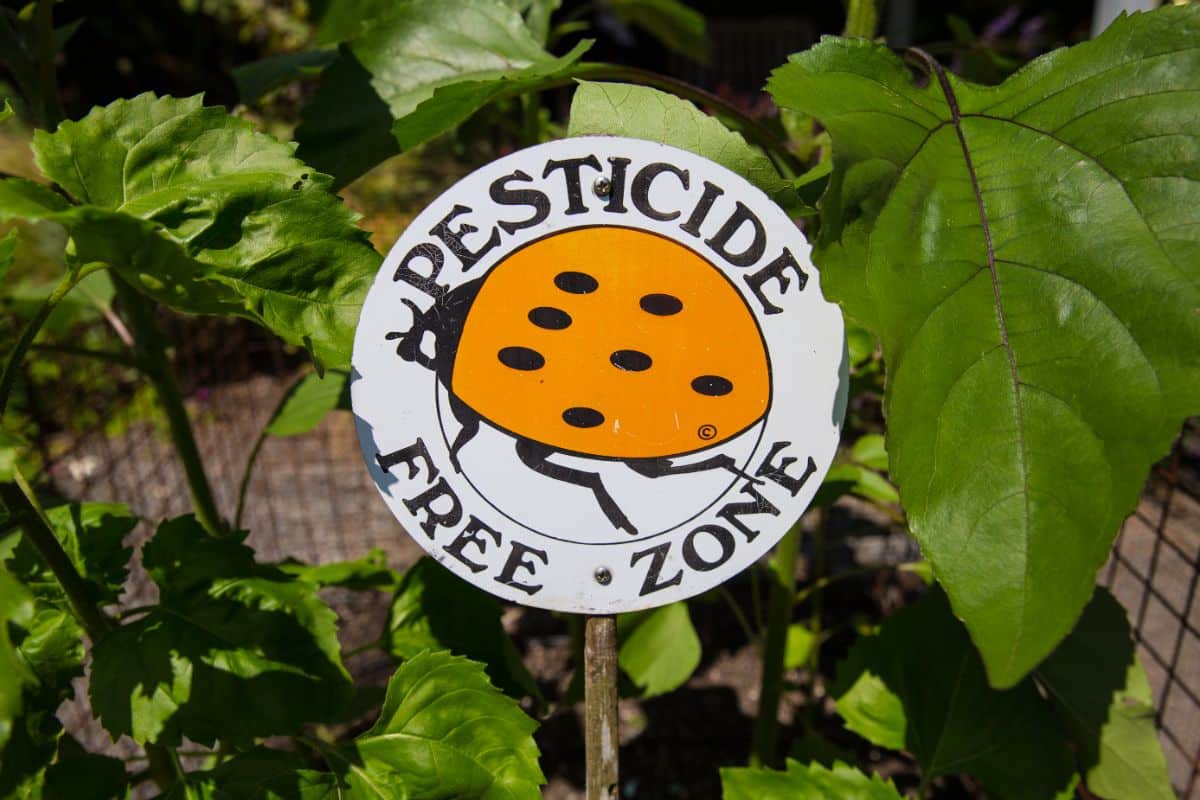
Making a set of guidelines or rules before your first growing year can take a lot of the guesswork out of running and maintaining a garden space. These guidelines can be listed on your community garden website or social media page or they can be posted on a sign or given to community garden members when they stop by for a work day. Letting people know what is and isn’t allowed in a shared garden space can help you avoid stumbling blocks later on… but avoid making guidelines so restrictive that they inhibit that sense of community you’re going for.
While you can certainly make up your own guidelines, guidelines can also be developed during a meeting with your community garden members or committees. Different working rules may be appropriate for your garden space, but some common issues that you may want to cover in your guidelines include:
- What plants can and can’t be grown in a community garden. For instance, large sprawling plants like pumpkins or invasive plants may spread from plot to plot and cause issues if they’re not kept in check.
- Who’s responsible for maintaining walkways and other common areas?
- Who is responsible for weeding?
- Will pets be allowed?
- What (if any) membership fees will be collected? When will they be collected, and how will they be spent?
- What happens if someone doesn’t maintain their garden plot or allows it to become weedy?
- How are plots assigned?
- What gardening practices are not allowed?
- Will the garden be “organic only”?
- What if there is “too much” interest in the garden? Will there be a waitlist?
7. Pick the right plants.
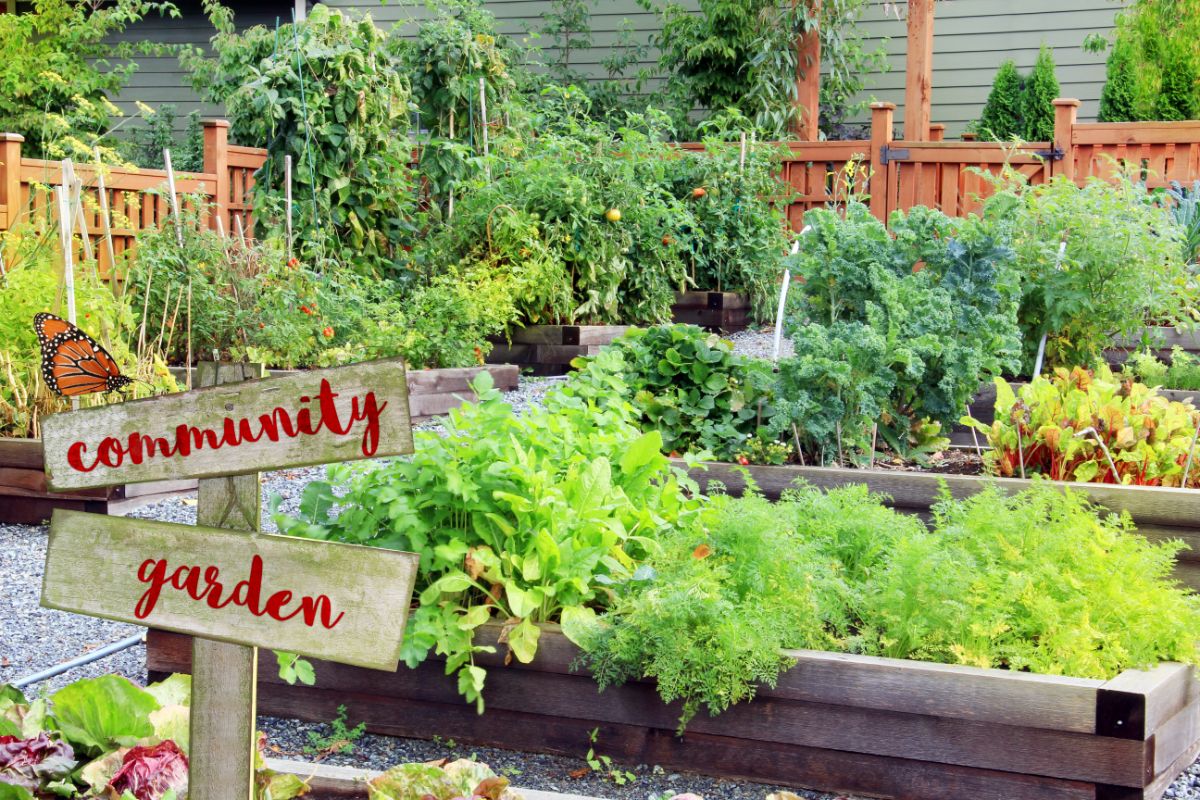
With your guidelines in place and your garden beds prepped, it’s time to invite in community members and start planting. But first, you’ll need to pick out what plants you’d like to grow!
Depending on the needs of your community, you may want to focus only on growing fruit and vegetables, or you may decide to grow flowers or native plants. You can either select the plants you’d like to grow yourself, or you can invite garden members to plant whatever seeds and seedlings appeal to them. However, it’s wise to make a few rules about plant size so you don’t have sprawling pumpkin and melon plants spreading every which way!
As you brainstorm about plants, keep in mind that some plants will need more light, water, and soil fertility than others. If your garden space receives at least 6 to 8 hours of light daily, you should be able to grow most vegetable plants, but shady gardens may only support shade-loving ornamentals.
If you’re planning to grow vegetable crops for food donations, focus on plants that will offer the most benefits to your community, as well as plants that can be transported easily (large pumpkins can be heavy, while delicate berries can be damaged in shipping!) For a more productive garden space, select plants that can be harvested throughout the growing season or sow seeds in succession to keep that harvest of fresh veggies coming.
8. Grow your community.
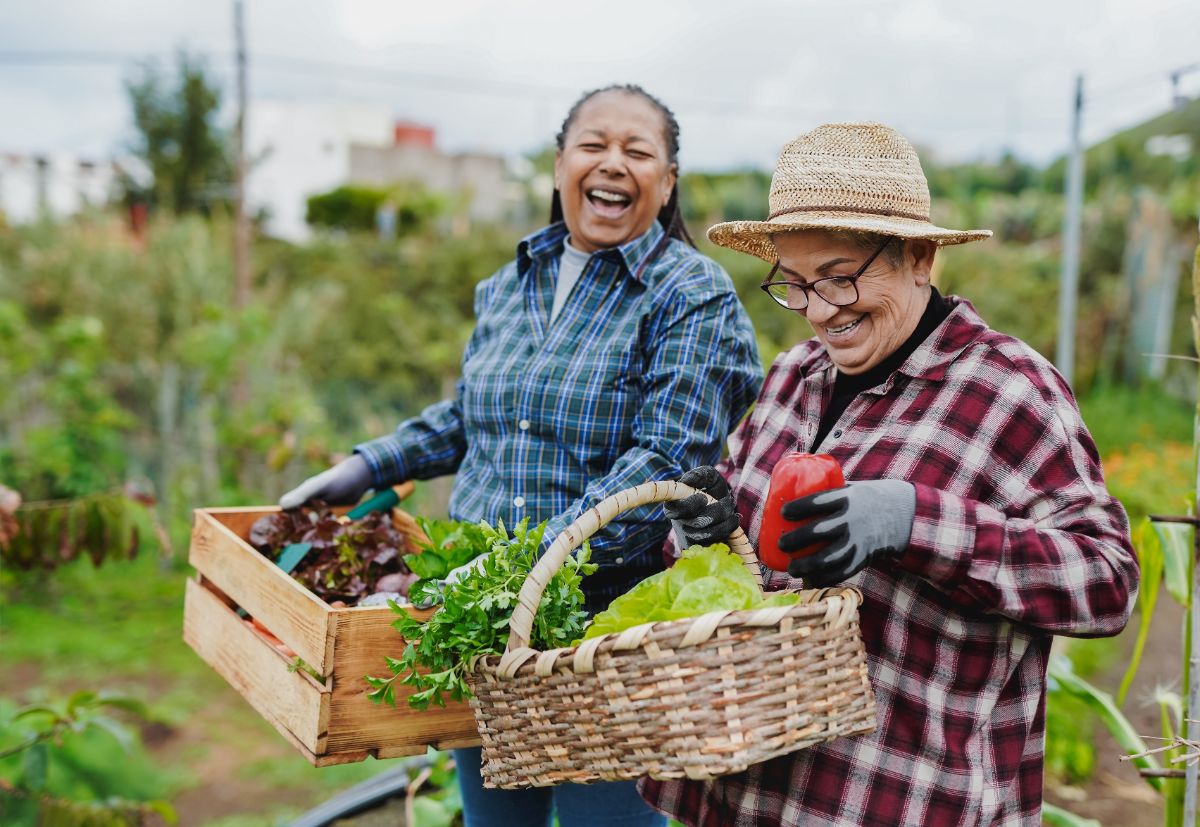
When it’s time to open up the garden to your community, make a big deal about it. You have put in a lot of work, so it’s definitely time to celebrate!
Advertise your community garden on social media, post flyers around your town and consider having an opening ceremony or community party to spread the word and get people excited about the garden space. A potluck or barbecue can be a great place to start, and don’t forget to invite local elected officials, garden clubs, and other community organizations that can help get the word out.
After your initial garden party, generate interest in your community garden and raise extra funds for maintenance by having annual fundraisers, online auctions, and similar events. Community gardens can also be the perfect spot to hold workshops on pollinators, self-sufficiency, natural art projects, and more, and you may even find that schools and adult education programs will want to stop by.
Throwing occasional events in your community garden will give you an opportunity to thank community members for all of their hard work, as well as donors and sponsors who have helped get your garden going. And if you want to make your garden even more welcoming, consider installing seating and a sign nearby to let everyone know about the hard work you’re doing and invite them to join in, too!
Frequently asked questions
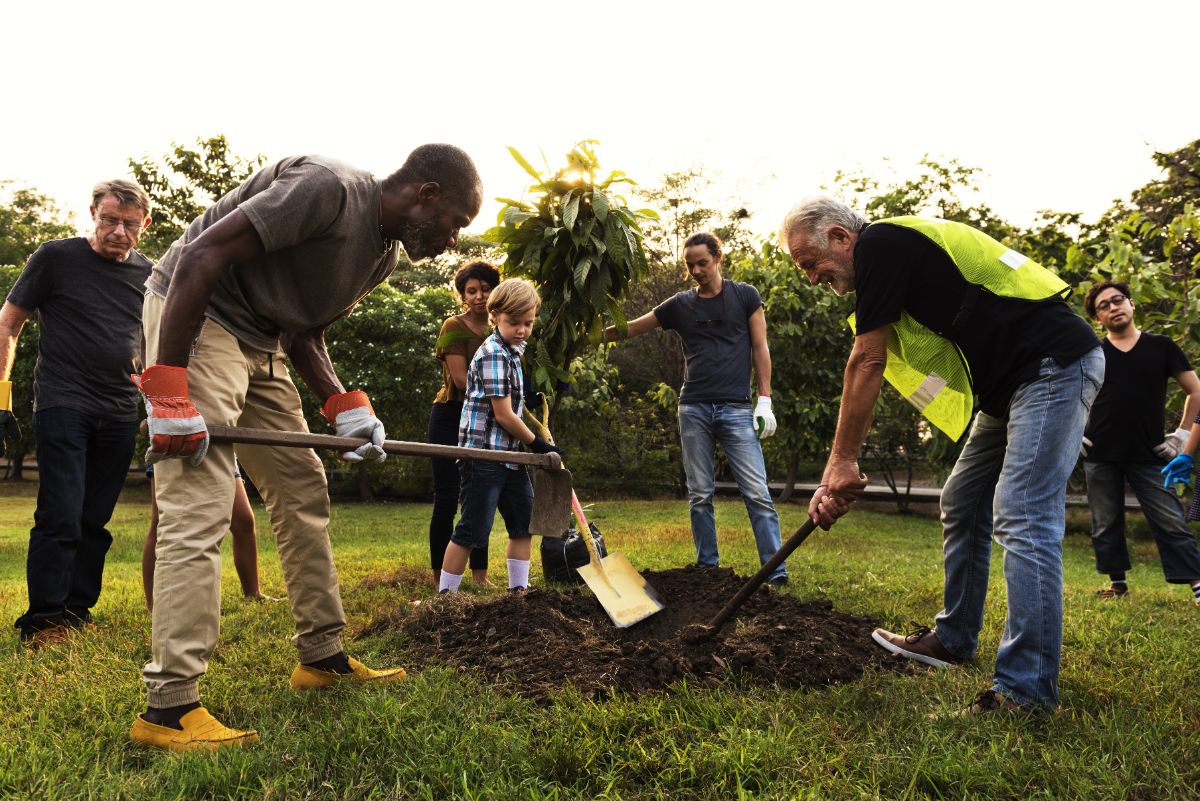
Do community gardens reduce food insecurity?
Absolutely! One of the main reasons why people build community gardens is to make food more affordable for people in need. Community gardens can provide food to food pantries, but they can also help community garden members significantly reduce their weekly grocery costs.
What makes a successful community garden?
Successful community gardens are active places, so it’s important to keep the momentum going after you start your garden space. Creating workshops, garden parties, and other events will help boost interest in your community garden, and it’s also a good way to get the donations and sponsorships you’ll need to cover the costs of your garden space and required gardening supplies.
What are the challenges of a community garden?
Raising funds is an ongoing issue that every community garden faces. Some community gardens may also struggle with vandalism and other issues. Installing fencing around your garden space and adding locks to toolsheds and other outbuildings may help, but some community gardens may accept these issues as just part of the territory and allow people to browse for food if they need it.
What to consider when starting a community garden?
Before you start a community garden, keep in mind that these projects do take a lot of work and time. If you start your garden with others, you may be able to share the responsibilities of running and maintaining a community space. However, if you’re planning on running a garden by yourself, be sure you have enough time for it!
Do community gardens save money?
Yes, they do! Community gardens can offset a lot of grocery expenses and help lower-income families access the fruit and vegetables they need. One study found that community gardeners save about $84 per month on their grocery bills.
What is the largest community garden in the United States?
The Shiloh Field Community Garden in Denton, Texas, is estimated to be the largest community garden in the United States. This garden space stretches over 14.5 acres of land and produces, on average, about 40,000 pounds of fresh fruit and vegetables per year.
Summary
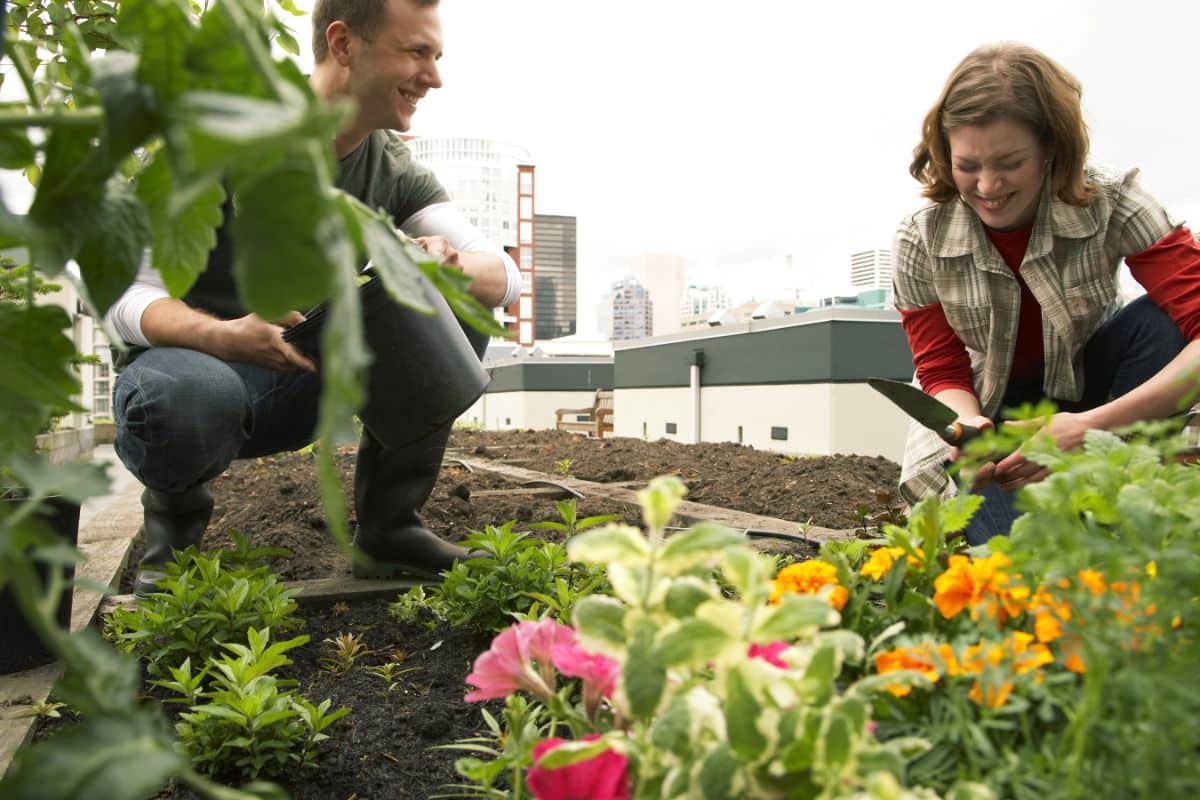
Gardens are places to connect with nature and develop a greater appreciation for plants and the foods they produce. However, community gardens take that sense of connection even further and allow us to build relationships with other gardeners and help out those in need. These spaces can unite an apartment complex community or an entire town, and they can hold gatherings, workshops, and other community events at any time of the year.
Depending on your interests, you may want to create a community pollinator garden or you may want to focus on growing vegetables and fruit in your growing space. Either way, we think you’ll also enjoy this guide on raised bed gardens vs inground gardens, which will help you brainstorm what type of community garden you’d like to create.


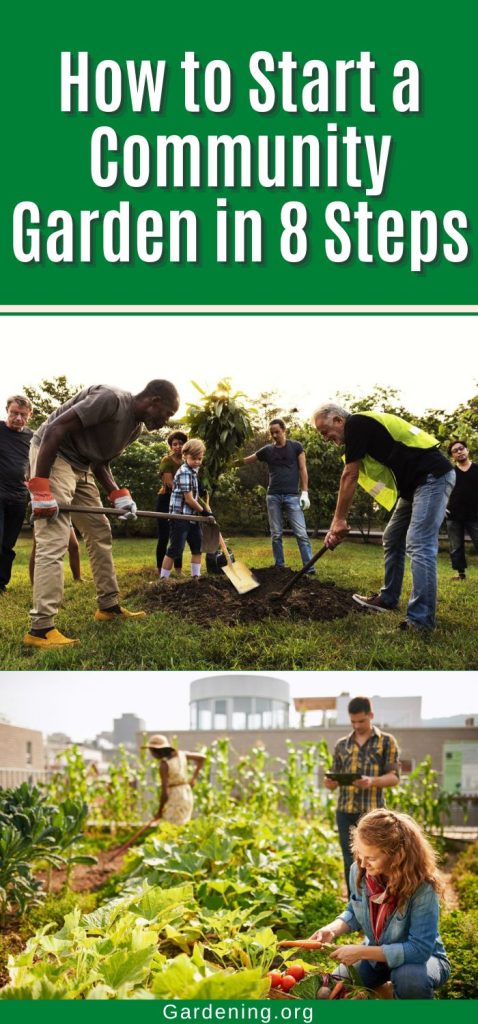

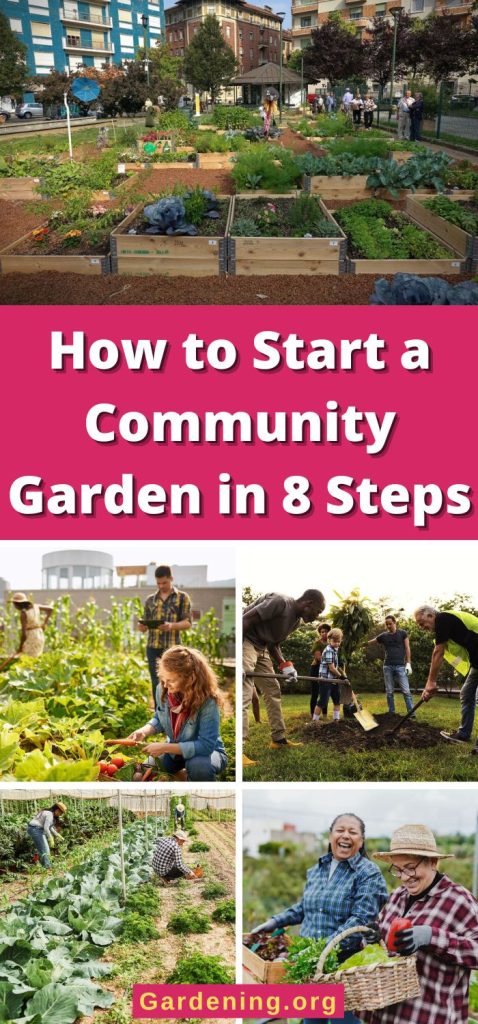
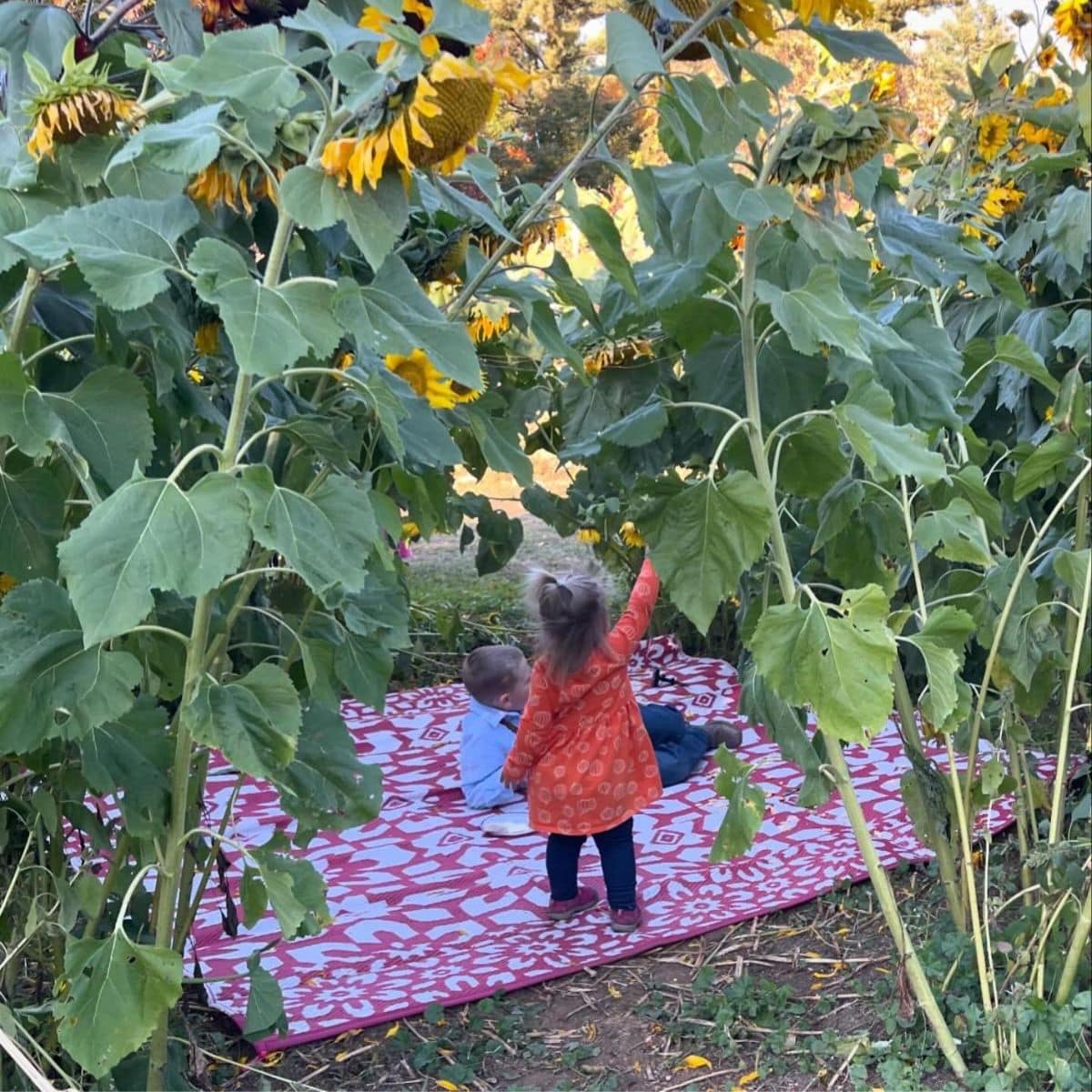
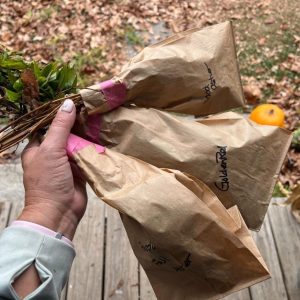


Leave a Reply